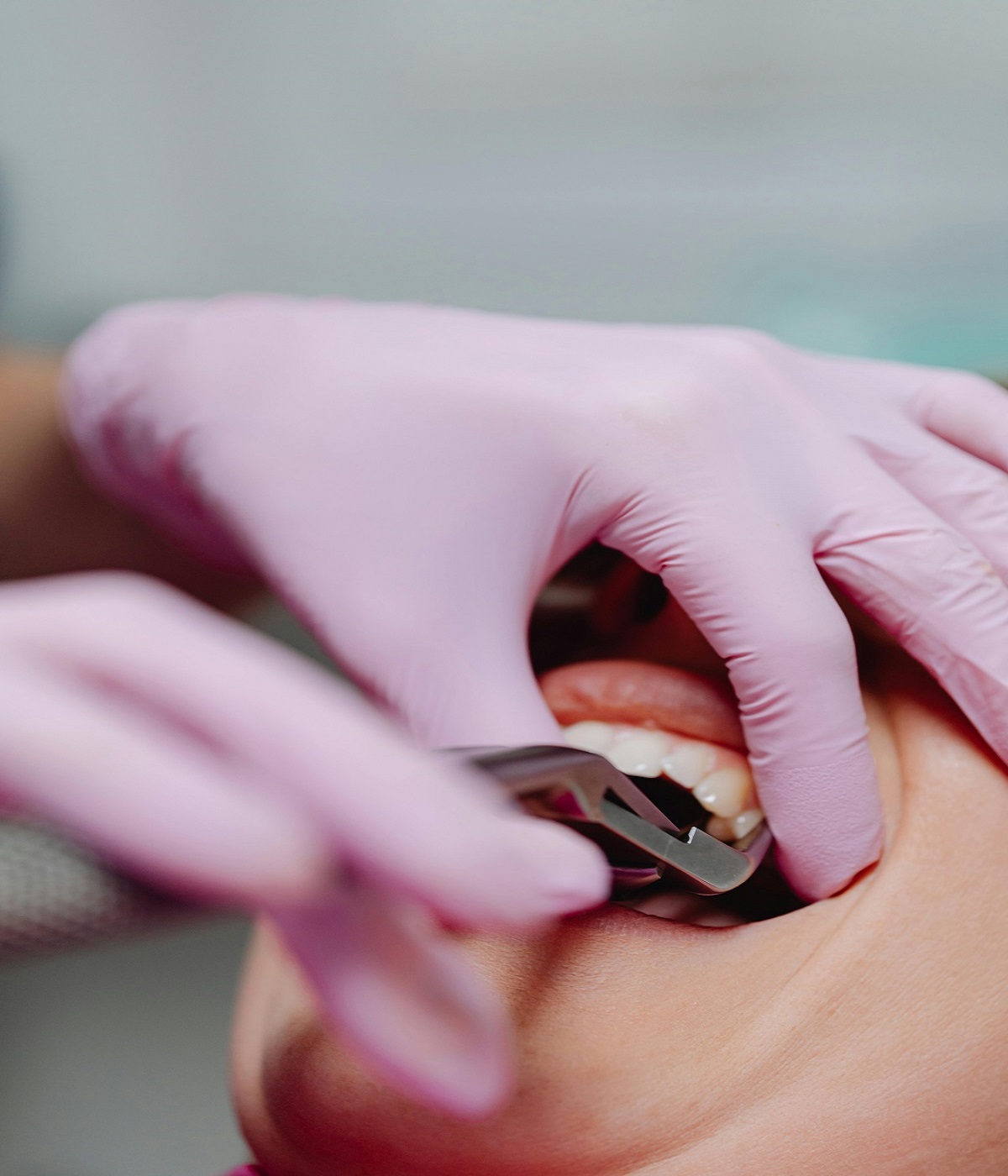The Role of Crowns and Bridges in Cosmetic Dentistry
In the realm of cosmetic dentistry, the ultimate goal is to enhance the appearance of a patient’s smile, boosting their confidence and overall well-being. Among the myriad of procedures available, dental crowns and bridges stand out for their versatility and effectiveness in restoring both function and aesthetics. Understanding their role in cosmetic dentistry can help patients make informed decisions about their dental health and cosmetic goals.
What Are Dental Crowns and Bridges?
Dental crowns, often referred to as caps, are custom-made restorations that cover the entire visible portion of a tooth. They are used to restore the shape, size, strength, and appearance of teeth that are damaged, decayed, or discolored. Crowns can be made from various materials, including porcelain, ceramic, metal, or a combination of these, each offering unique advantages in terms of durability and aesthetics.
Dental bridges, on the other hand, are used to replace one or more missing teeth. A bridge consists of one or more artificial teeth (pontics) held in place by dental crowns on adjacent natural teeth or implants. This restoration not only fills the gap left by missing teeth but also prevents the surrounding teeth from shifting out of position, maintaining proper alignment and bite.
Enhancing Aesthetics with Crowns and Bridges
- Restoring Natural Appearance
One of the primary roles of crowns and bridges in cosmetic dentistry is to restore the natural appearance of teeth. When teeth are damaged or missing, it can significantly impact a person’s smile and facial aesthetics. Crowns and bridges are meticulously designed to match the color, shape, and size of natural teeth, ensuring a seamless and natural-looking smile. Modern materials like porcelain and ceramic are particularly effective in mimicking the translucency and luster of natural teeth.
- Correcting Discoloration and Stains
Teeth discoloration can occur due to various factors such as aging, smoking, and consumption of staining foods and beverages. While teeth whitening treatments are effective for extrinsic stains, intrinsic discoloration within the tooth structure may require a more permanent solution. Dental crowns can cover severely discolored teeth, providing a bright and uniform appearance. For missing teeth, bridges with porcelain pontics can ensure the replacement teeth match the whiteness of the surrounding natural teeth.
- Repairing Damaged Teeth
Teeth that are cracked, chipped, or severely decayed can detract from the overall aesthetics of a smile. Crowns offer a durable and aesthetically pleasing solution by encasing the damaged tooth and restoring its shape and function. This not only improves the tooth’s appearance but also protects it from further damage. Similarly, bridges can replace teeth lost due to trauma or decay, restoring the integrity of the dental arch.
- Aligning and Reshaping Teeth
Crowns and bridges can play a significant role in aligning and reshaping teeth. For instance, if a tooth is naturally misshapen or has minor alignment issues, a crown can be designed to give it a more pleasing appearance. When used as part of a bridge, crowns can help maintain the correct positioning of teeth, preventing misalignment and malocclusion. This is particularly important for maintaining a balanced and harmonious smile.
Functional Benefits with Cosmetic Impact
While the primary focus of cosmetic dentistry is to enhance aesthetics, it’s crucial to acknowledge the functional benefits of crowns and bridges that contribute to a patient’s overall dental health.
- Restoring Bite and Chewing Function
Missing or damaged teeth can impair a person’s ability to chew properly, leading to dietary restrictions and nutritional deficiencies. By restoring these teeth with crowns and bridges, patients can regain their ability to eat a wide variety of foods, improving their overall health and well-being. A functional bite also enhances speech clarity, which can be affected by missing teeth.
- Preventing Tooth Shifting and Bite Issues
When a tooth is lost, the surrounding teeth may shift into the gap, causing misalignment and bite issues. This can lead to problems such as tooth wear, jaw pain, and temporomandibular joint (TMJ) disorders. Bridges prevent this by filling the gap and maintaining the proper alignment of teeth. Crowns used to anchor bridges also ensure that the adjacent teeth remain stable and properly positioned.
- Enhancing Durability and Longevity
Cosmetic dental procedures aim to provide long-lasting results, and crowns and bridges are known for their durability. With proper care and maintenance, these restorations can last for many years, providing patients with a beautiful and functional smile for the long term. This longevity makes them a cost-effective solution for addressing both aesthetic and functional dental issues.
Conclusion
Crowns and bridges are indispensable tools in the arsenal of cosmetic dentistry, offering solutions that enhance both the appearance and functionality of a patient’s teeth. By restoring damaged or missing teeth, correcting discoloration, and improving alignment, these restorations can transform smiles and boost confidence. Moreover, the functional benefits they provide, such as improved bite and prevention of tooth shifting, contribute to overall dental health and quality of life. For anyone seeking to enhance their smile, consulting with a cosmetic dentist about the potential of crowns and bridges is a step towards achieving a radiant and healthy smile.




 |
|